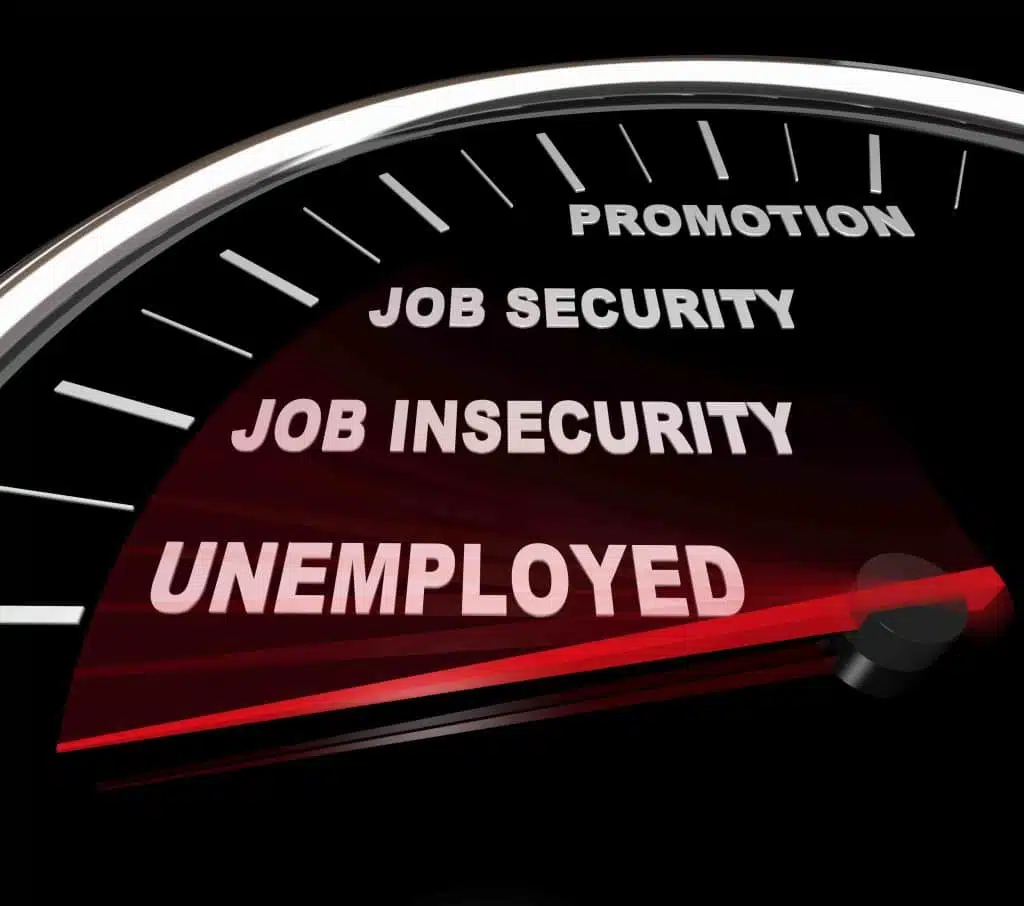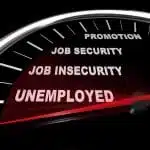In this day and age it’s becoming more common for businesses to place an extreme emphasis upon the bottom line—at the expense of thousands of workers who, in many cases, still are capable of productive, meaningful contributions to their employer.
But why does this happen?
It’s the employer that will ultimately end up on the losing end
Why are so many individuals who have demonstrated tremendous loyalty and positive work habits suddenly and unceremoniously shown the door and are therefore forced to re-define their definition of what it means to work?
Several reasons abound for this disturbing but not uncommon trend. Age discrimination; racial and gender discrimination; poor culture fit; tardiness, and sexual/physical/legal misconduct are all factors—legitimate and otherwise—that impact not only the ex-employee, but also the business itself.
And it’s the employer that will ultimately end up on the losing end, according to some HR experts.
Patrick Higgins, senior HR consultant with National Inspection & Consultants in Fort Myers, Florida, asserts that, in many cases, terminating an employee for any of the above reasons indicates that the employer dropped the ball.
“Any time a termination occurs, it signals a problem within the organization,” he says.
Greg Smith, author of ‘New Leader: How To Attract, Keep and Motivate Your Workforce’ supports this idea. He has suggested that underperforming employees, by and large, need not shoulder nearly as much blame as has often been the case in the past.
According to Smith, the symptoms of workplace terminations are treated far more than the root causes of what ails the organization. Instead of intervening to correct an overwhelmed or poorly-trained manager’s decisions, all too often employers take the easy way out by letting the employee go.
This, says Smith, is where employers really fail their employees. “Poor employees usually get blamed for whatever went wrong. They get fired, the organization hires new people, those employees leave, and it starts all over again. And nothing is done about the underlying problem,” he asserts.
Even if the problem with an employee stemmed from personal troubles, says Bob Largent, SPHR, a consultant with HR Management Associates in Perry, Georgia, the company should have noticed and been there to intervene. If not, “that means no one along the way was paying attention.”
“Once someone has been fired, you need to stop and look at the entire system to see what’s broken,” says Michael Holzschu of Holzschu, Jordan, Schiff & Associates, an HR consulting firm based in Farmington Hills, Michigan.
(Just Like) Starting Over
The entire career transition process can be overwhelming.
Not only do the formerly employed have to cope with the sudden loss of income, they must also deal with overwhelming emotions that can make it very difficult to move forward without a solid support system.
Unfortunately, many employers worldwide offer traditional outplacement sources that often do not reflect, nor keep pace with, today’s ever-changing employment environment. Research has shown that the traditional approach to providing former employees outplacement services —a fixed period of re-adjustment (usually 30-90 days); mandatory, often inflexible, attendance meetings that conflict with individual schedules; and a distressingly low completion rate of only about 35%—is simply not cost-effective, especially if applied to the vast majority of workers who make a low salary, or even an hourly wage.
Depending upon the outplacement’s cost and length of time involved, the executive and management sectors are often given preference over the ordinary worker, simply because most companies consider it too costly and thus a poor ROI.
When a company unceremoniously dismisses their employees, rhetorically speaking, what’s the greater impact on the company’s long-term ROI in this instance—investing in re-training or cross-training employees to increase their tangential and inherent workplace value, or simply shunting them off to the unemployment line?
Employer brands do matter
Successfully being able to reinvent one’s self is a hallmark of persistence and drive.
But without a support system as mentioned above, such efforts may very well be for naught.
When companies invest in cutting-edge outplacement offerings such as CareerSupport365, not only are they getting a tremendous ROI, they are also preserving their own corporate integrity that could otherwise be affected by negative publicity from an understandably disgruntled ex-employee who might vent their anger and frustration on User-Generated Content (UGC) web sites such as glassdoor and Vault.
CareerSupport365 proactively helps the employer’s financial bottom line by providing significant cost savings while filling a much-needed niche—streamlining workers’ employment needs to accommodate their ever-increasing Internet savvy. We do this via affordable, pre-paid, practical, self-paced learning modules. Additionally, on-line, real-time video interviews and career counseling services and links to its sister site The First Few Seconds are offered at any time of the day or night, 365 days a year. It’s a win-win situation for all parties involved!
* * * * * * * *
Learn more about Greg Weiss here.





